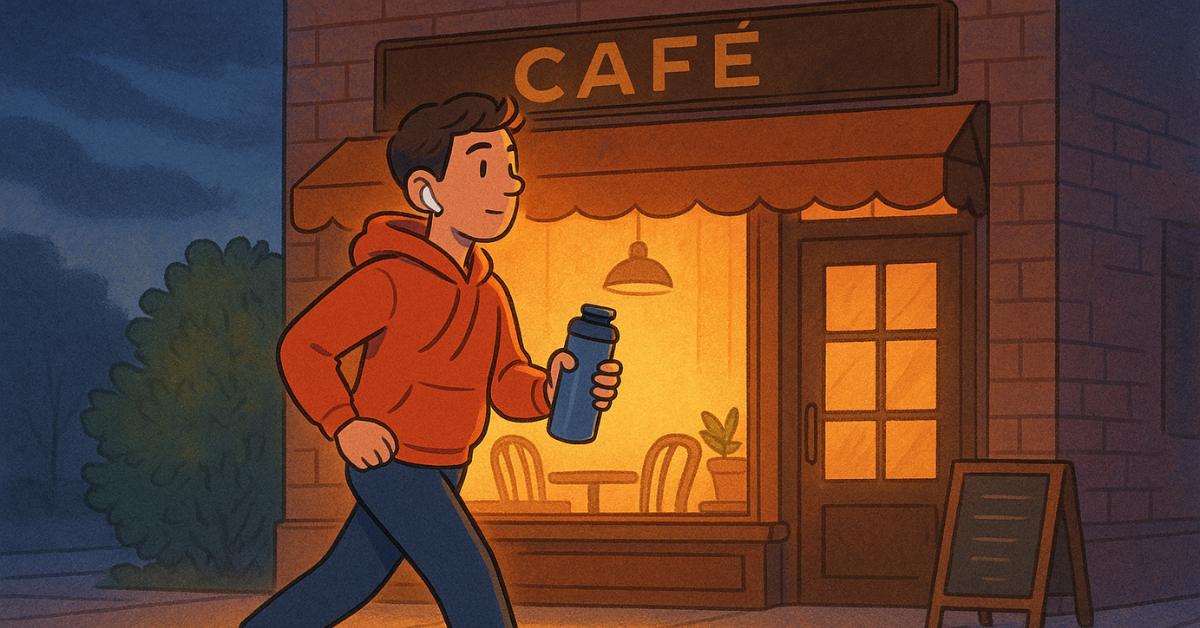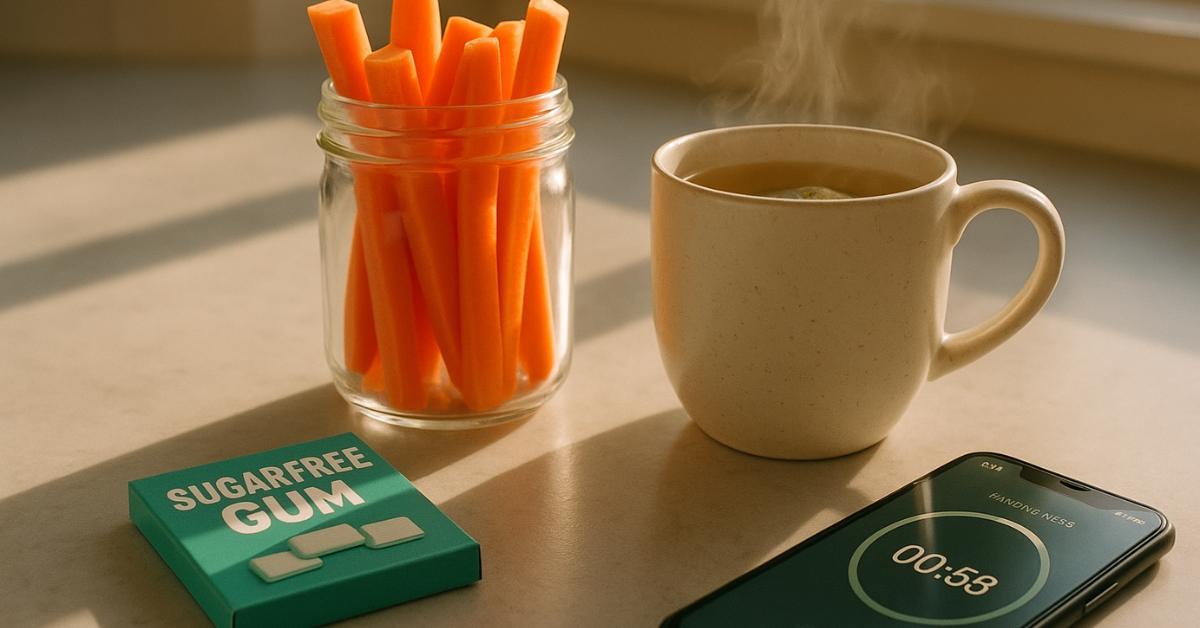
You’ve conquered Quit Day and weathered the toughest 72 hours. Now it’s time to turn momentum into routine. The first week smoke-free is when you swap old cigarette rituals for healthier habits and start proving—day by day—that life without nicotine is not just possible, but better. Each replacement you practice now rewires your brain’s reward system and builds confidence for the weeks ahead.
After every meal, lace up and walk for five minutes—even if it’s just around the living-room or office parking lot. Movement resets digestion, invigorates dopamine naturally, and severs the “food-then-smoke” reflex.
Keep a large water bottle at arm’s reach. When a mouth craving hits, sip water or chew sugar-free gum. Crunchy carrot sticks or apple slices satisfy the need for oral stimulation without extra calories.
Set a phone alarm for mid-afternoon, the common slump when cravings surge. Pause for a 60-second body scan: notice feet, legs, torso, arms, and breath. Awareness calms the stress circuits nicotine once hijacked.
Instead of a bedtime cigarette, brew herbal tea or take a warm shower. Pair this ritual with your nighttime medications (varenicline, prazosin) to anchor a calm, smoke-free close to the day.
Nicotine tied itself to dozens of micro-moments—morning coffee, driving, phone calls. Removing cigarettes leaves a void; replacing them fills it with positive cues:
Replacements should be immediate (available within five seconds) and satisfying (something you genuinely enjoy).

Your meds are still working hard:
Take them on schedule—habit formation isn’t just for quitting cigarettes.
Each “first” you navigate without a cigarette rewires neural pathways, making the next challenge easier.
Before bed, record one thing you did instead of smoking. Example: “Chewed gum during my 10 a.m. phone call.” Share at least one win in the Qwitly Community Portal. Public acknowledgment boosts dopamine—the same neurotransmitter nicotine once stole.
By the end of Week 1, you’ll notice deeper breaths, heightened tastes, and a growing sense of control. Your next milestone—30 days smoke-free—starts with these first seven habit-building days. Keep practicing your replacements and leaning on support; the foundation you lay now will carry you forward.